I rarely get to test a product that strays from the beaten path, but E1DA PowerDAC V2 is definitely one of those. E1DA is a fresh brand on the market and was founded by Ivan Khlyupin, a Russian engineer living in China. But what’s left to invent in an already crowded market, you ask? Well, let’s dig right into it.
Build and Connectivity
PowerDAC V2 features an all-metal build. The dark and ridged aluminum frame is sandwiched between two mirror-like stainless steel plates. It makes for effective styling, but more than that, the all-metal design also serves as a heat dissipator. There are no rubber feet on the unit so it tends to slide over the surface, but that’s easily fixable and you can see in the images below how it looks after I added some silicone bumpers to it.
There are only two connectors on the unit – a fully grown USB-B port serves as a digital input, while a 2.5 mm TRRS is used to provide balanced analog output. This also means you can’t connect your typical single-ended 3.5 mm or 6.25 mm stereo jack to it. It’s not even as simple as using the adapter since balanced and single-ended don’t mix and match. The only way to use it is to own a balanced set of headphones (basically any headphones having completely separate left and right channels) and using them with a proper balanced cable. We usually have to buy these ourselves as headphone manufacturers almost never bundle them with their cans.
Design
The biggest differentiating factor of PowerDAC V2 is that it doesn’t use a traditional DAC chip we’re used to (like the ones produced by Sabre, Asahi Kasei, Cirrus Logic, etc.). Instead, Pulse Width Modulation (PWM) chip is used, more precisely a TAS5558 chip made by Texas Instruments.
Ivan didn’t really invent the wheel here, as this is a known method, but rarely used this way, usually in some exotic and expensive products. I’ll not go much into technical details, but this approach of D/A conversion is very similar to the way fully digital amplifiers work, and also somewhat similar to the way DSD stream is carrying information.
Features and App
On the outside, it doesn’t look like this small puck has much to offer. One input, one output, not controls, but that’s where the smartphone app comes to the rescue. It’s called HPToy and could be found on both Play Store or Apple Store. Once you install this one and connect it to your PowerDAC V2, a whole new world of opportunities opens to you. So let me go through its capabilities very quickly.
First of all, the app provides a way to control the volume from the DAC itself. This clears the way for using exclusive mode in your music player, overriding your OS’s volume control, and achieving a bit-perfect connection to your DAC, resulting in even better sound quality.
Secondly, an inbuilt DSP processor enables you to use simple bass and treble adjustment, as well as dry/wet sound effects. But it doesn’t end here since there’s a powerful parametric equalizer (PEQ for short) on board. With this one, you have complete control to alter the frequency response to your liking. But there’s even more! Once you do that you can save your PEQ preset, and you can do so for as many different headphones, music genres, etc. All of this works just as you’d expect it, so it’s EQer’s heaven really.
If there’s anything to complain about here, it would be that from time to time app would lose connection to the DAC (which still keeps all the settings made up to that point) so I have to reenter it to recover the connection. This may be due to my phone and some sort of power-saving option though.
Sound
Now the most important part – how does E1DA PowerDAC V2 sound? In two words – absolutely great. It doesn’t matter if I hook my Takstar Pro 82 or Hifiman HE4XX to it, the sound comes out as extremely well balanced.
The baseline goes deep but has a great amount of control, which makes bass notes sound firm and speedy. Moving a bit higher, mid-bass continues in the same fashion. There’s no bloating or blooming the be heard here, just well-judged and full-sounding notes. Vocals sound clear and present. There’s plenty of details to be heard, but the star of the show here is a full-bodied approach to the midrange. The kind that I just don’t expect from the device of this price, to be perfectly honest. The same, musical approach, continues in the highest region that offers plenty of fine details, but never in a sharp and tiring manner.
Sound-stage is reasonably wide, but I believe that the sense of depth is the one hitting above its pay-grade. Add more than capable layering and instrument separation to it, and we have a class-leading performance on our hands. Listening to I Go To My Heart by The Avett Brothers shows just how skillful PowerDAC V2 is in recreating intimate acoustic recording with lots of spatial cues. But fear not, play something busier such as Madness by Muse and it’ll happily demonstrate its energy, sense of rhythm, and firm control over the bassline.
Comparisons
FX-Audio DAC X6 MKII offers more power, better connectivity, and real physical controls. It also sounds sharper in the higher regions and can’t match the sound-stage depth of PowerDAC V2.
Fiio K5 Pro is another powerful device with real controls and better connectivity. Its softer and warmer baseline is no match, however. PowerDAC V2 also offers fuller midrange and more dynamic presentation.
EarMen TR-Amp is another great DAC/AMP combo that offers a comparable level of details and dynamics. Its baseline is not as firm, so it sounds a bit softer with lower notes. On the other hand, it punches back with more micro details in the higher spectrum. In the end, the sonic differences between those two are more of a personal taste type.
Conclusion
As you might have noticed already, E1DA PowerDAC V2 is quite a unique little beast. Balanced only output with no controls except through the app, the very same that adds unmatched EQ capabilities to this one. When it comes to sonic skills, they are as good as $200~250 can buy you these days, but for ~ $75 instead.
If you can live with its quirks, it’s sufficient to say that PowerDAC V2 comes highly recommended.
| E1DA POWERDAC V2 – CHARACTERISTICS |
|
Input: USB PCM up to 24b/192kHz |
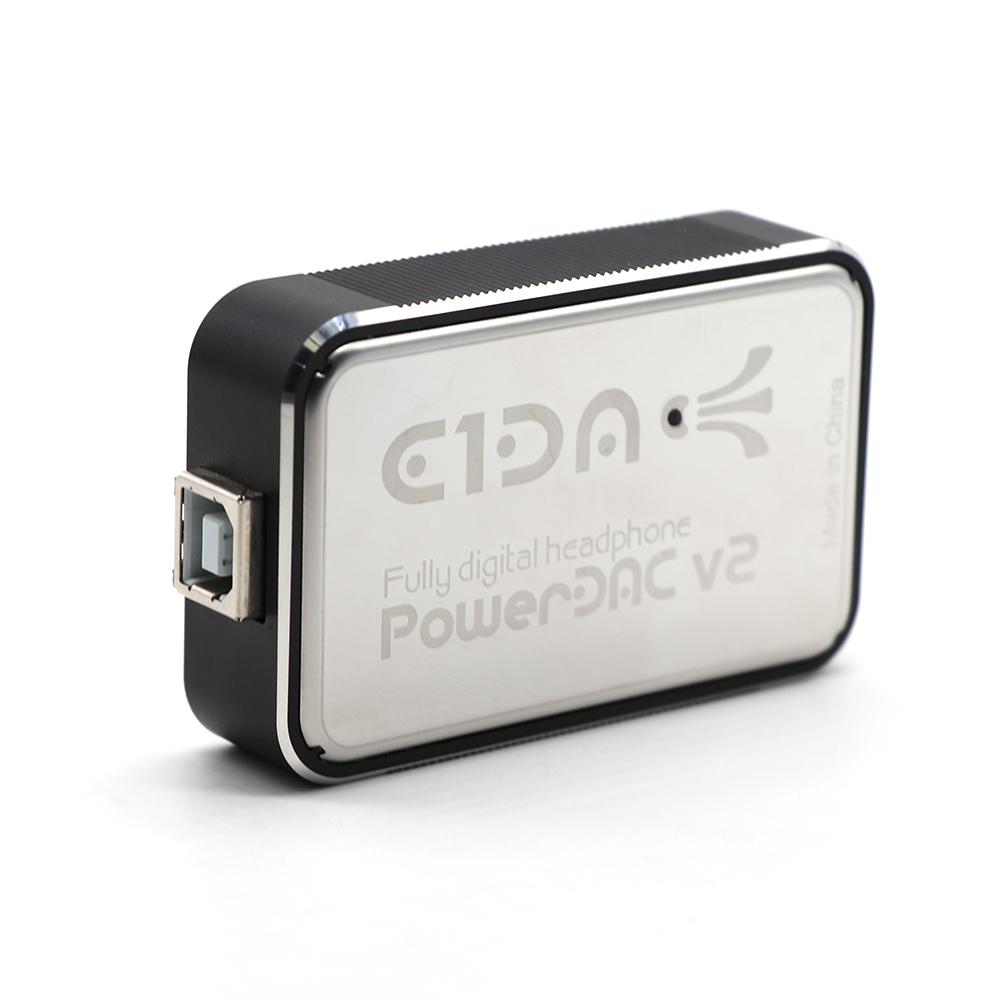

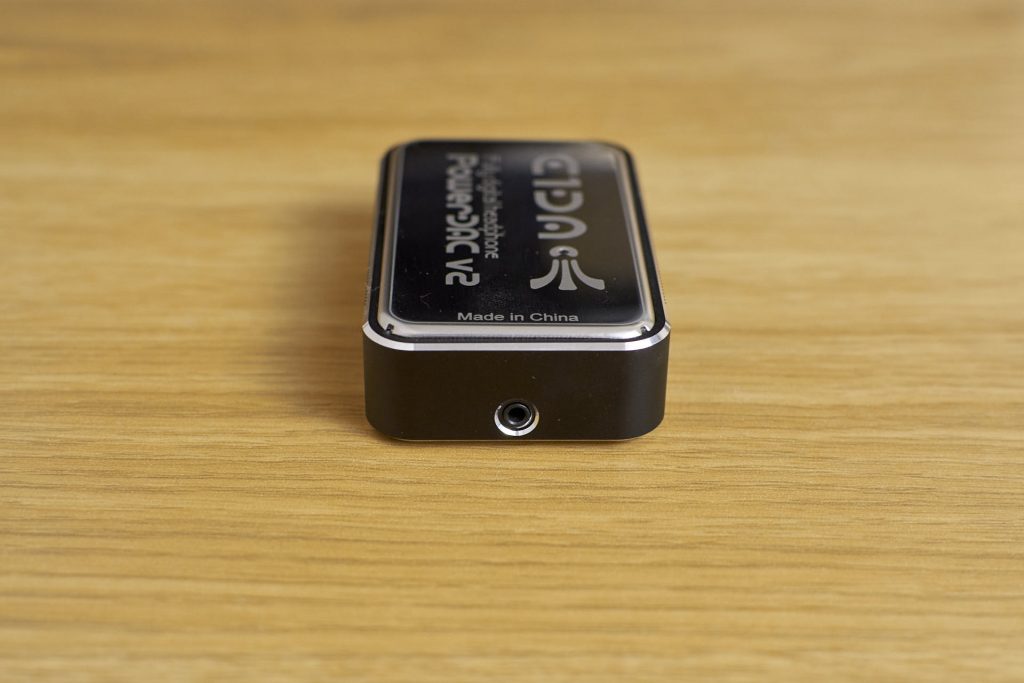
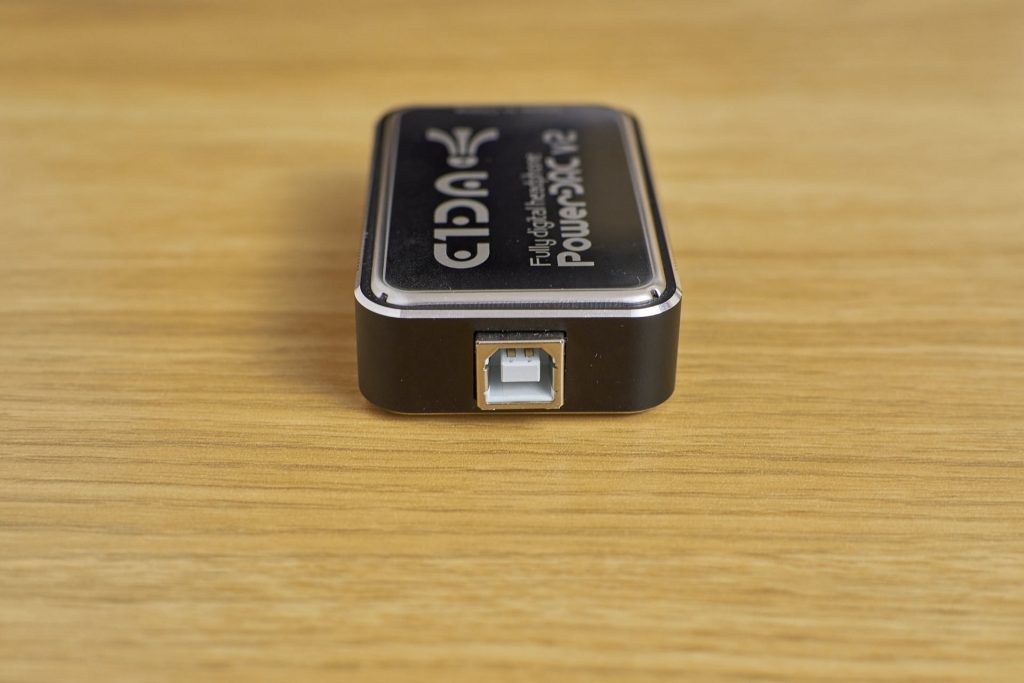
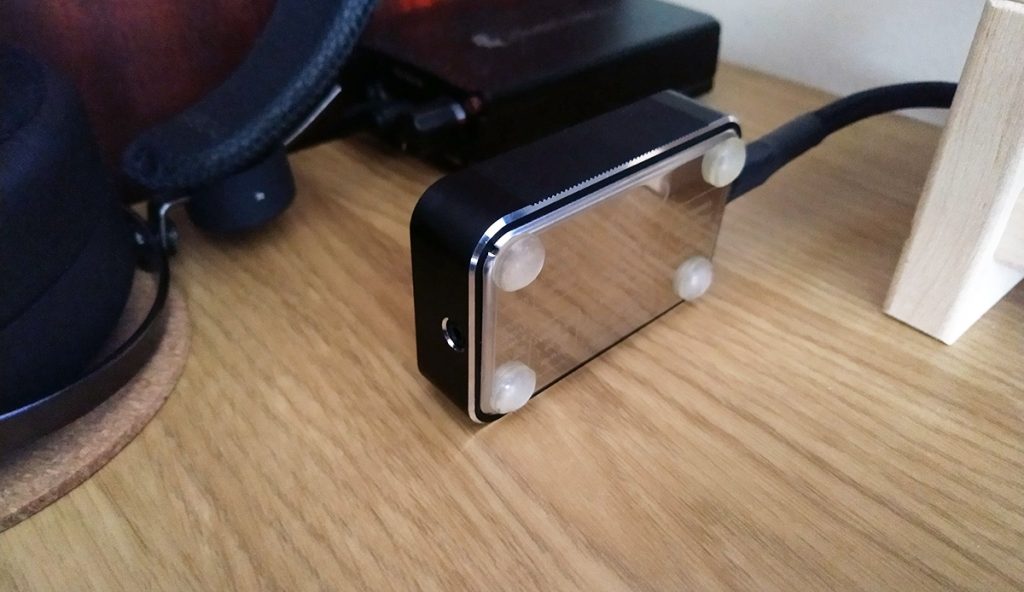
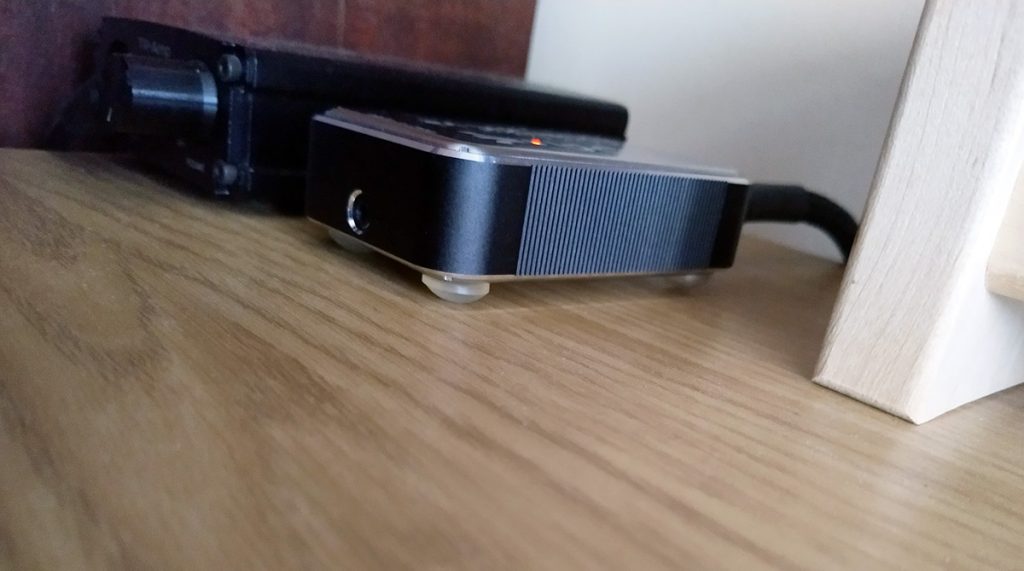

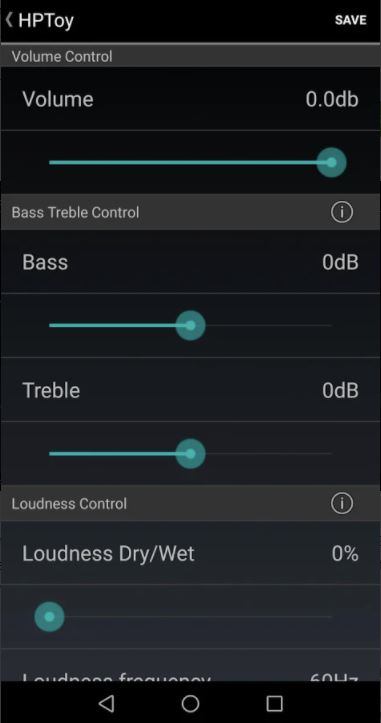
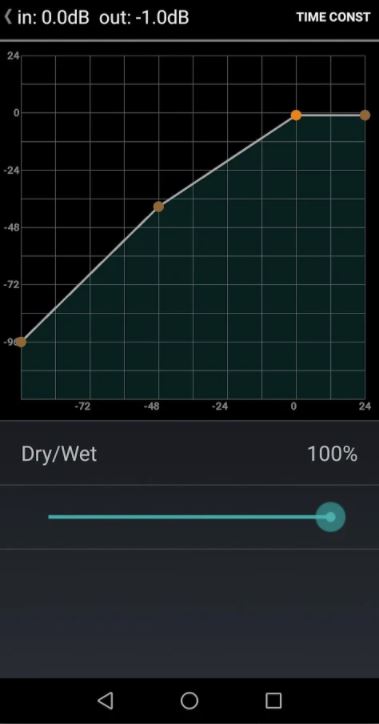
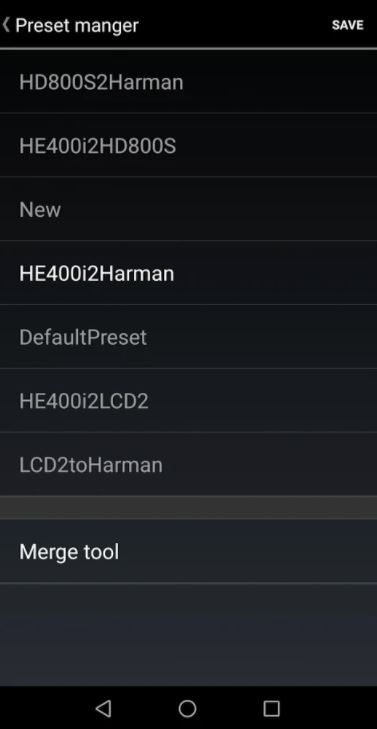
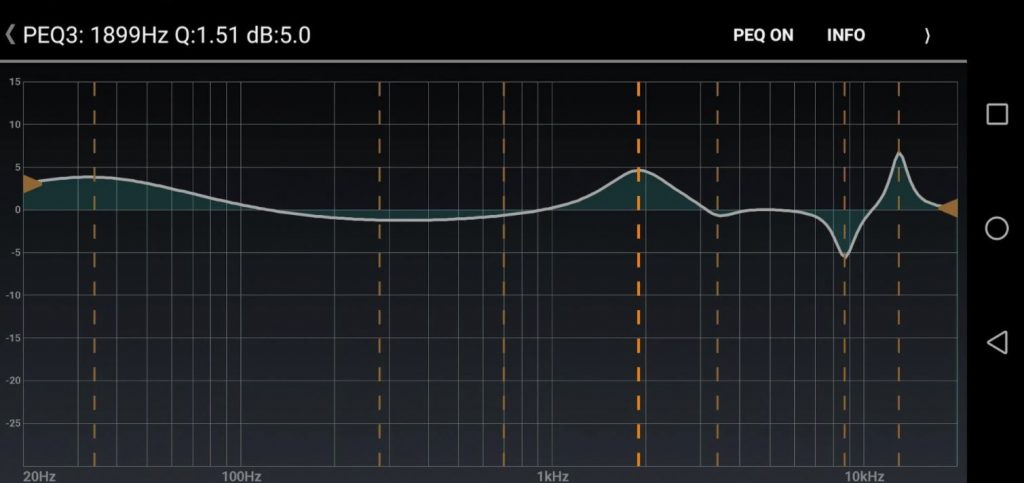
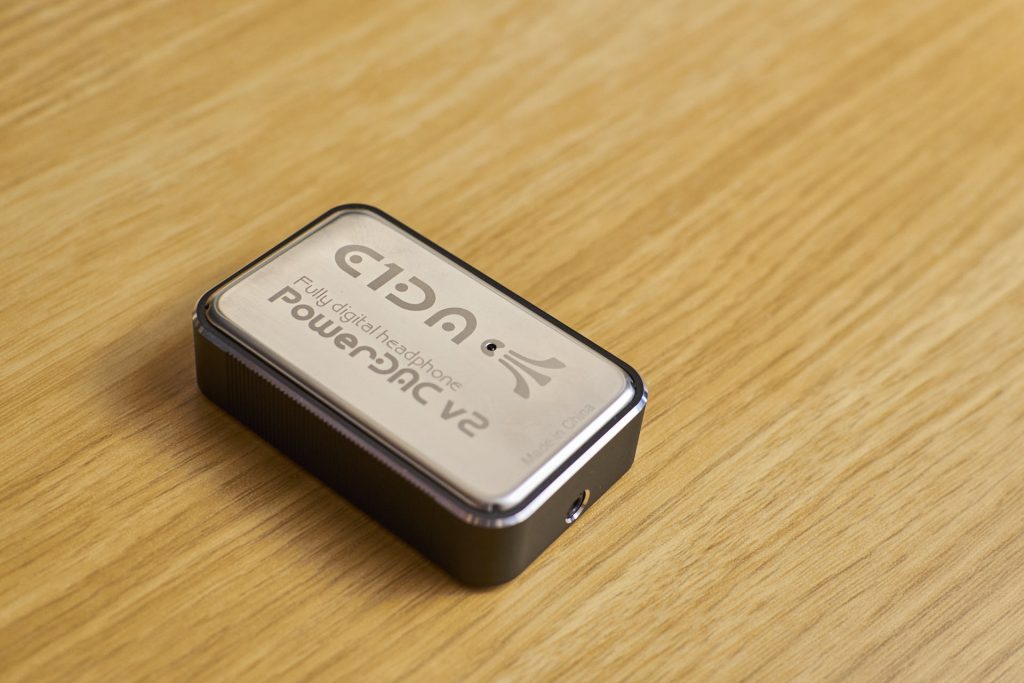
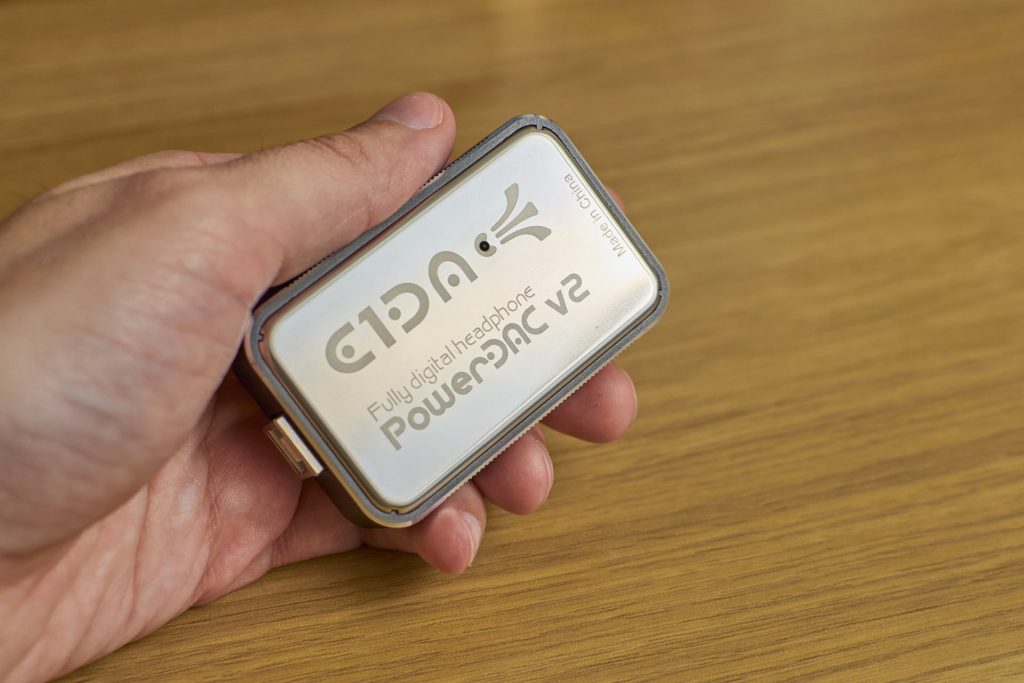
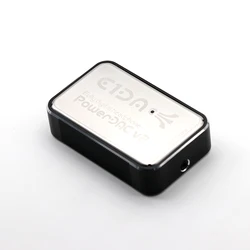



are you have plan to review es9038gs3 susumu edition and es9038d ?
Haven’t plan on doing it, especially at the moment while shipping to my country is unreasonably expensive.
Hifigo has much better import and Shopping options for my country compared to Ali. Maybe worth to check out.
Hello! Thanks for your live reviews! E1DA Power DAC or Topping E30 (if you compare only sound quality)?
Hi. I can’t compare these two directly, I only use E1DA with headphones as a DAC/AMP, I can’t connect it to any of my external headphone amps or my integrated amps because neither of them has balanced inputs. So direct comparison is difficult. That said, E30 is almost certainly a better DAC, but you can’t connect headphones directly to it.
Hi, can you use any headphones or earphones with it?
Can you please that recommend 2.5mm trrs adapter if that can work with normal headphones?
Regards
You can use only the ones that have completely separate left and right channels, like Sennheiser HD600/650… or any Hifiman. Also, every in-ear model with a removable cable is capable of a balanced connection too as the left and right sides are always separate. That said, once you have such headphones, you have to get a completely new set of balanced cables (4 wires, left and right channel are separated at all times) because it’s not possible to turn a single-ended cable with 3 pole connector (3.5 mm or 6.3 mm) into a balanced one with 4 poles… it physically misses one wire compared to balanced and there’s no going around it with any kind of adapter. You can usually find balanced cables on Amazon or AliExpress.
So I definitely need to buy this cable and truly balanced headphones with separated cables in order to use with this dac?
Roughly, how many percentage of headphones are on the market such as this? And can you use balanced headphones on normal banana 3 pole socket at all?
I wouldn’t know about percentages but there are many headphones that can support balanced cables. In fact, all headphones could be balanced it’s just a matter of the manufacturer providing separate connectors with separate ground pins for each left and right earcup or not. If they did, you can attach balanced cables. If they used just one 3-pole connector with the shared ground inside of the headphones then you can’t. Well, you can open them and do some DIY rewiring but that’s some advanced tinkering and modding.
So every balanced headphone with 4 pins can also be used on a traditional 3-pole jack with the right cables (that will join left and right ground into one pin), but the other way around is not possible since once the ground is joined inside the headphones there’s no way of separating it outside of them.
The whole balanced thing is quite new and more headphones manufacturers will start using the balanced connection arrangement in the future. Until then, there’s always a lot of traditional single-ended DAC/AMPs on the market, no need to worry about few odd ones that are balanced only.
Thankfully to your replies and review and other research around I figured it out what diy I can do if I want to listen SE headphones on balanced dac such as this. I will do some DIY rewiring on some of SE headphones which I like and would be able to swap cables to balanced and back to SE. I think is worth doing it on headphones which one like as they can only be better with balanced wiring. Thanks a lot
This is a really nice device. I had forgotten that there was a separate app until I read this review! Thanks!
Once I remembered that and downloaded the app, it was on. I’m going to use this as my new work desktop dac/amp. It sometimes works with my phone, but not always. Don’t think it’s the device’s fault. The physical usb connection should be more stable on my desktop.
The app and dac are super fun. I have 6xx’s, numerous sub 100 iem’s, a schiit stack and a dragonfly red. This is the best dac/amp experience I own. My goto listening is with some blon 3’s (they fit really good in my ears) via Tidal getting MQA through USB Audio Player Pro.
Only warning is to be careful as you are setting up this for listening. You will damage your ears if this turns on with headphones on. Get it setup then put earphones on. You’ll hear it when it comes on! Same thing when you change filters. Take then off your ears.
I appreciate the reviews and videos from this site. Thank you.
Now, designer is making Powerdac v2.1 with possibility of both balanced and unbalanced outputs via app
I had the PowerDAC v2.1 in my hands. No problems running regular unbalanced jack via balanced to unbalanced adapter. Great sounding unit.